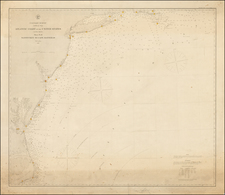Virginia Indians Method of Fishing / Roanoake Colony
Fine copper plate engraving showing Theodore De Bry's version of John White's painting "The Virginians' Manner of Fishing".
In 1585, Governor John White was among the leaders of an English colonization voyage to the Outer Banks of North Carolina, based upon Sir Walter Raleigh's efforts to settle "Virginia." White remained at Roanoake for about 13 months before returning to England as part of the effort to resupply the colony. He painted at least 70 watercolor images of indigenous people, plants, and animals. The present engravings are the earliest images derived from White's original artwork, which appeared in Thomas Hariot's account of the 1585 voyages.
De Bry's engraving shows group of Native Americans are is shown fishing using fire, spears, and traps. The imge depicts the habits of the Algonquian-speaking Indians of the Outer Banks region of present-day North Carolina. These people were closely related in language and culture to indigenous people of the Tidewater Virginia area, with the image representing and important source of historical and ethnographic information for these groups.
The original White image showed fewer fish and fishermen and a simpler means of fishing. De Bry's embellishments highlighted Virginia's abundance, which was drawn from Thomas Hariot's account of the Roanoake Colonization efforts of 1585. Hariot notes taht the Natives "by nighte or day [struck] fishes, and take them opp into their boates."
De Bry's engravings accompanied A briefe and true report of the new found land of Virginia. These imags first appeared in the 1590 edition Latin edition of De Bry's account.
Theodor de Bry (1528-1598) was a prominent Flemish engraver and publisher best known for his engravings of the New World. Born in Liege, de Bry hailed from the portion of Flanders then controlled by Spain. The de Brys were a family of jewelers and engravers, and young Theodor was trained in those artisanal trades.
As a Lutheran, however, his life and livelihood were threatened when the Spanish Inquisition cracked down on non-Catholics. De Bry was banished and his goods seized in 1570. He fled to Strasbourg, where he studied under the Huguenot engraver Etienne Delaune. He also traveled to Antwerp, London, and Frankfurt, where he settled with his family.
In 1590, de Bry began to publish his Les Grands Voyages, which would eventually stretch to thirty volumes released by de Bry and his two sons. The volumes contained not only important engraved images of the New World, the first many had seen of the geographic novelties, but also several important maps. He also published a collection focused on India Orientalis. Les Grands Voyages was published in German, Latin, French, and English, extending de Bry’s fame and his view of the New World.









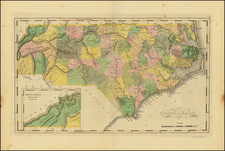
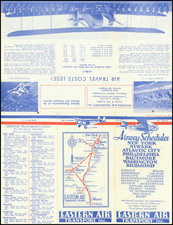
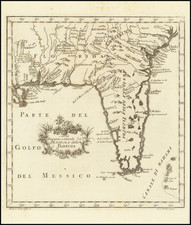
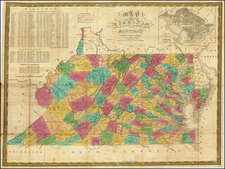
![[Richmond, Virginia Imprint] Map of the State of Virginia Containing The Counties, Principal Towns, Railroads, Rivers, Canals & All Other Internal Improvements. Published by West & Johnston. Richmond Va. 1862 . . .](https://storage.googleapis.com/raremaps/img/small/35235.jpg)
